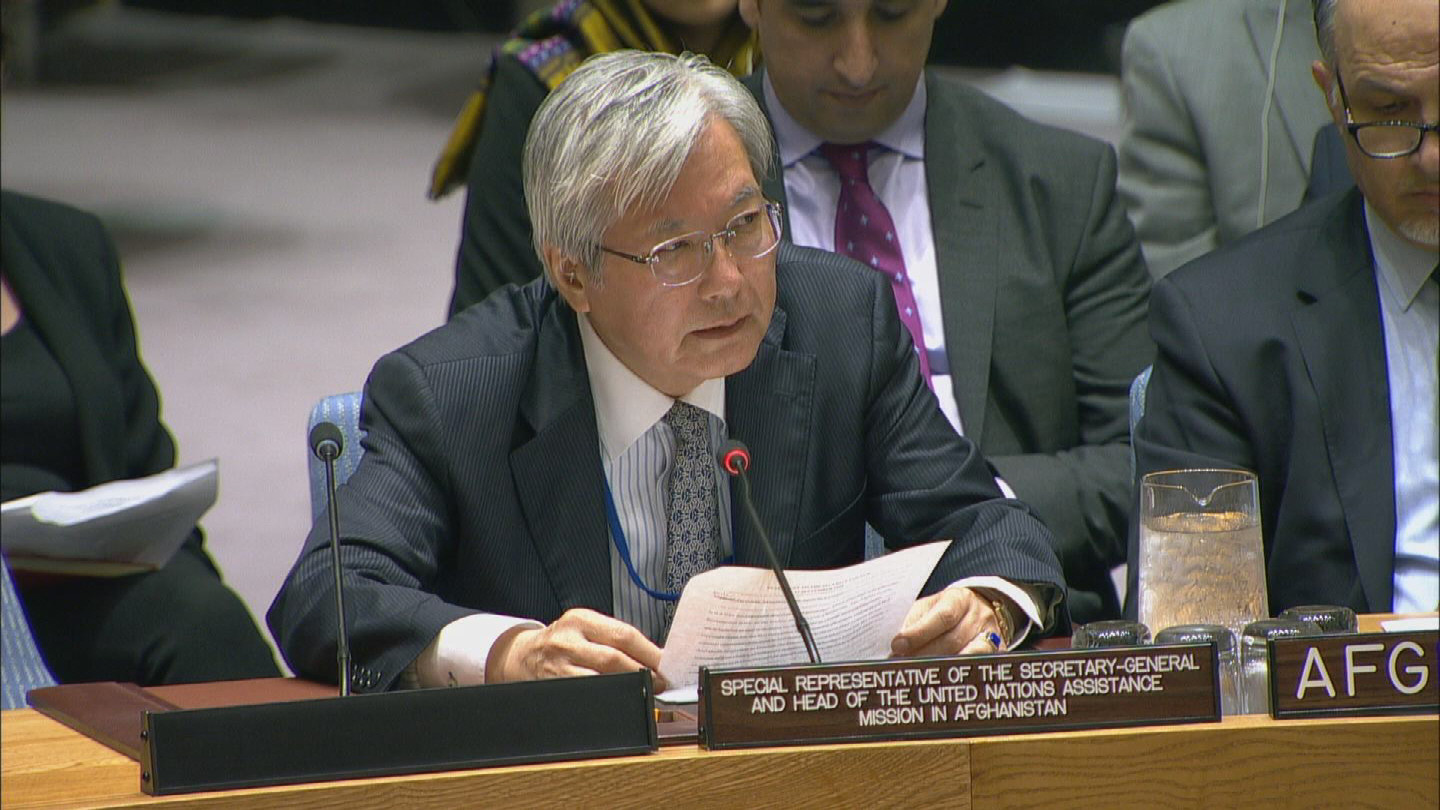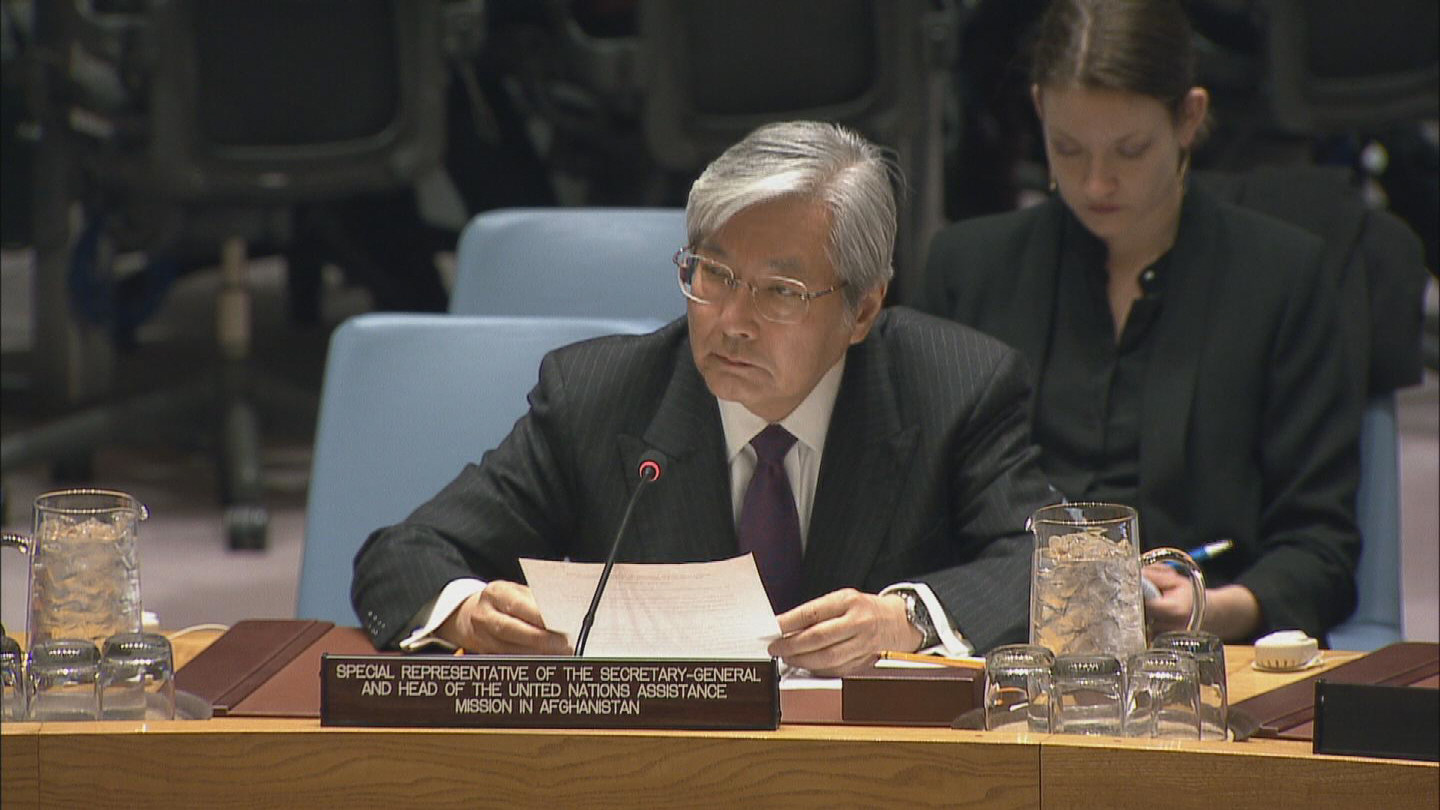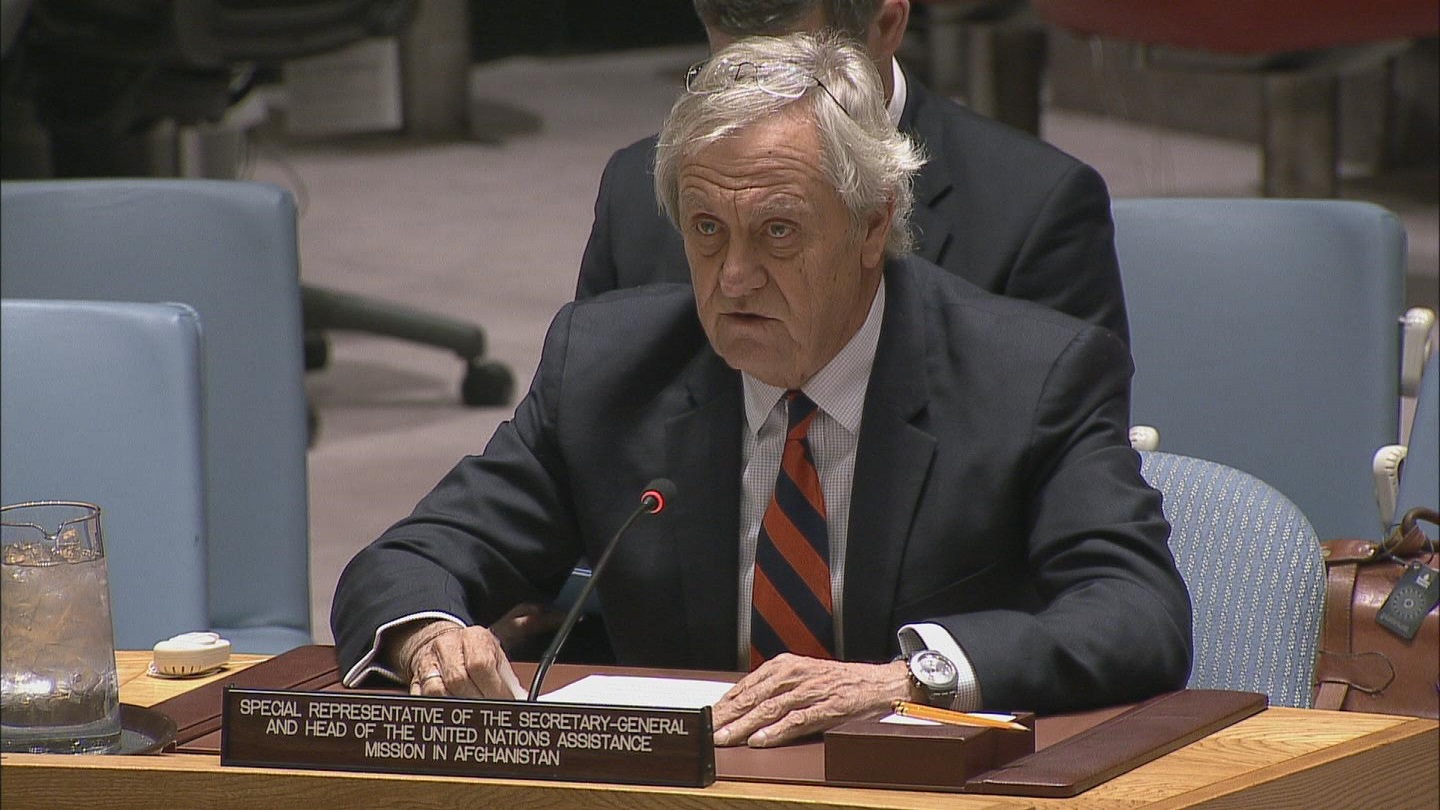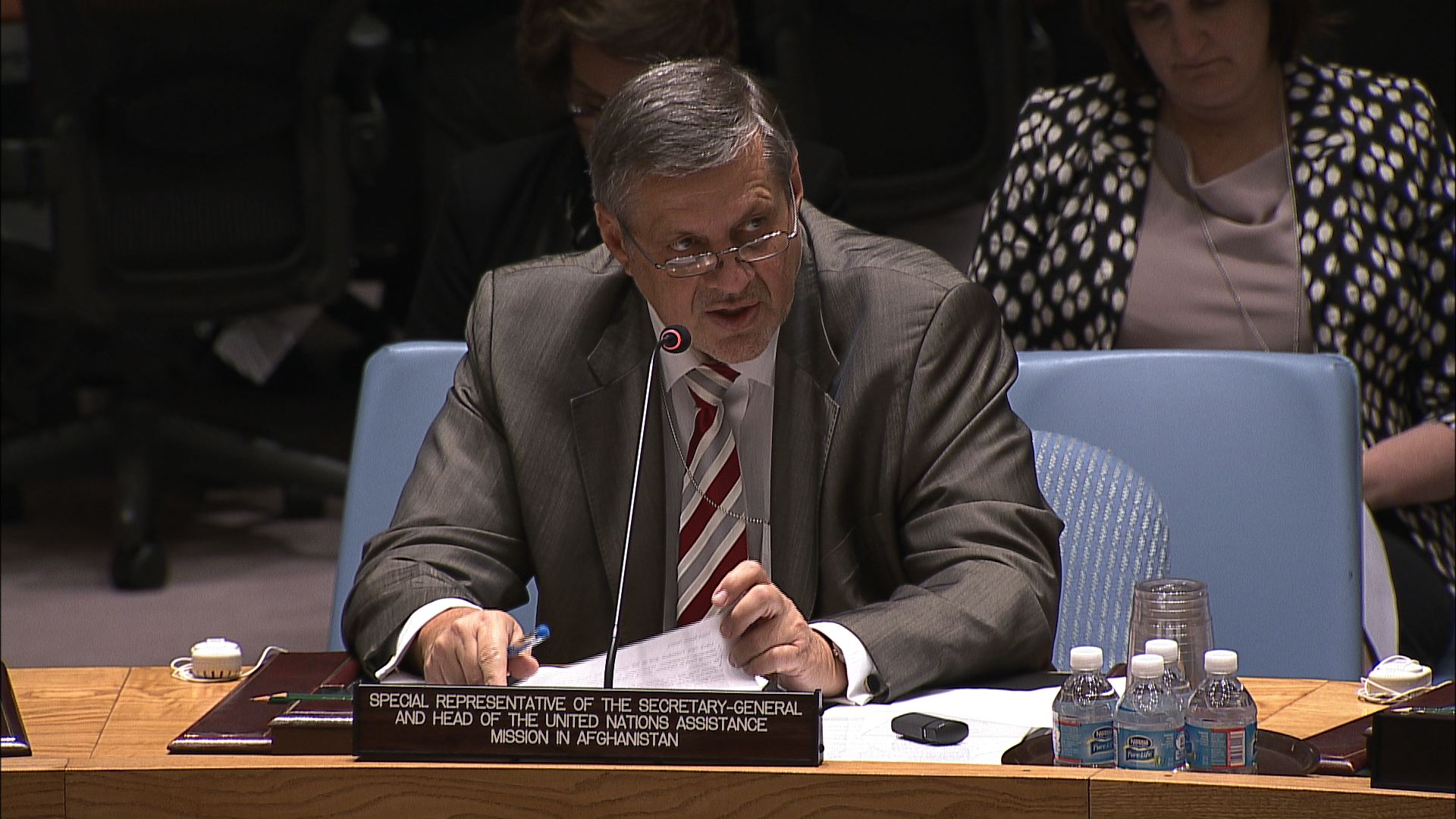AFGHANISTAN / CIVILIAN CASUALTY REPORT
Download
There is no media available to download.
Share
STORY: AFGHANISTAN / CIVILIAN CASUALTY REPORT
TRT: 2.17
SOURCE: UNAMA
RESTRICTIONS: NONE
LANGUAGE: ENGLISH / NATS
DATELINE: 14 JULY 2011, KABUL, AFGHANISTAN
1.Wide shot, dais
2.Pan left, journalists
3.SOUNDBITE (English) Georgette Gagnon, UNAMAs’ Director of Human Rights:
“Afghan civilians experienced a 15 percent in conflict related civilian deaths over the past six months compared to the same period in 2010. This dramatic growth was mainly due to the use of landmine-like pressure plate improvised explosive devices or IEDs by the anti-government elements.”
4.Close up, de Mistura
5.SOUNDBITE (English) Georgette Gagnon, UNAMAs’ Director of Human Rights:
“We at UNAMA documented 1,462 civilian deaths for this period, with 80 percent attributed to the anti-government elements.”
6.Med shot, journalists
7.SOUNDBITE (English) Georgette Gagnon, UNAMAs’ Director of Human Rights:
“May 2011 was the deadliest month for Afghan civilians since 2007. In June of this year a further 360 civilian deaths were recorded.”
8.Pan left, from journalists to de Mistura on screen
9.SOUNDBITE (English) Staffan de Mistura, Special Representative of the Secretary-General and Chief of the United Nations Assistance Mission in Afghanistan (UNAMA):
“This report, which as you know comes out every six months, is particularly for us important because it’s taking place in the middle of what is considered the most acute period of the surge and the most intense period of what the Talibans call their spring-summer offensive. Summer is not over yet.”
10.Close up, Gagnon
11.SOUNDBITE (English) Staffan de Mistura, Special Representative of the Secretary-General and Chief of the United Nations Assistance Mission in Afghanistan (UNAMA):
“Let us appeal to the Talibans. At least let’s send a message to the Afghan population that during this holly month of Ramadan IEDs, pressure plate, will not be placed. Let’s send a signal in the right direction. Let’s give them a sign of hope that if, as we all hope, there will be negotiations, there will be discussions, there will be a political solution, meanwhile, we will not have so many victims who will be dying until peace is achieved here.”
12.Med shot, journalists
13.Wide shot, cameras
The number of civilians killed in conflict in Afghanistan rose by 15 percent in the first six months of this year, the United Nations mission in the country said today (14 July), releasing figures that showed 1,462 non-combatants died, with insurgents responsible for 80 percent of the killings.
Georgette Gagnon, Director of Human Rights for the UN Assistance Mission in Afghanistan (UNAMA) said deaths attributable to antigovernment elements (AGEs) rose by 28 percent compared to the same period last year, noting that the dramatic spike in casualties was mainly due to the use of landmine-like pressure plate improvised explosive devices (IEDs).
Pro-government forces (PGF) were responsible for 14 per cent of civilian deaths, a nine per cent drop from casualty figures from a comparable period last year. Six per cent of civilian deaths were not attributed to any party to the conflict.
With 368 civilian deaths, May was the deadliest month for Afghan civilians since UNAMA began systematically documenting civilian casualties in 2007. Last month, a further 360 civilian deaths were recorded, 86 per cent of them attributable to AGEs, while 5 per cent were linked to PGF and 9 per cent were not attributed.
June also saw an all-time high in the number of security incidents in a single month and the highest-ever number of IED attacks recorded in a one-month period.
Staffan de Mistura, the Special Representative of the Secretary-General for Afghanistan and head of UNAMA told reporters in Kabul that this report is particularly important because it covers a period “considered the most acute” of the surge by PFGs “and the most intense period of what the Talibans call their spring-summer offensive.”
De Mistura added that “summer is not over yet.”
He appealed to the Taliban to refrain from placing pressure plate IEDs during the holly month of Ramadan and “send a signal in the right direction.”
De Mistura added that if there are to be negotiations and a political solution with the Taliban, “meanwhile, we will not have so many victims who will be dying until peace is achieved here.”
IEDs and suicide attacks – tactics used by AGEs – accounted for nearly half of all civilian deaths and injuries in the first six months of this year. Civilian deaths caused by IEDs rose by 17 per cent over the same period in 2010, making IEDs, with 444 victims, the single largest killer of Afghan civilians in the first half of this year.
Air strikes remained the leading cause of Afghan civilian deaths by PGF, with an increasing proportion resulting from attacks by helicopters. In the first six months of 2011, 79 Afghan civilians were killed by air strikes, a 14 per cent increase compared to the same period last year. Fifty-six per cent of the 79 deaths from air strikes were caused by helicopter attacks. All aerial attacks in Afghanistan are carried out by the International Security Assistance Force (ISAF).
Civilian deaths from ground combat and armed clashes in the first half of 2011 increased by 36 per cent compared to the same period last year when there were a total of 304 civilian killed, 188 of the deaths attributed to AGEs, 66 to PGF, and 50 linked to people being caught in the crossfire.









